Is the iPhone6s screen with 3DTouch implanted detrimental to the user experience? Does the work of this panel still maintain a high level of workmanship? iFixit disassembles the iPhone6s screen and looks closely at the 3DTouch sensor and 8 layers of different uses hidden in the screen.
Just like the official slogan of the iPhone6S, "The only difference is that it is everywhere." The iPhone6S really redefines the phone screen this time.
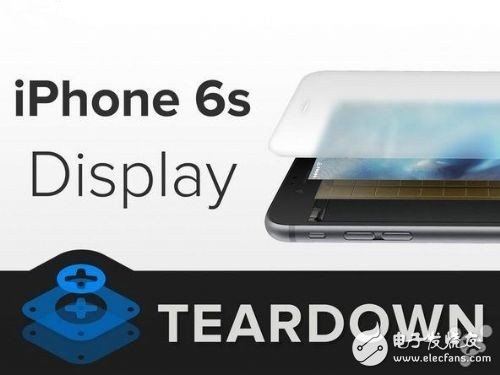

A clip on the plastic frame secures the screen to the iPhone body.
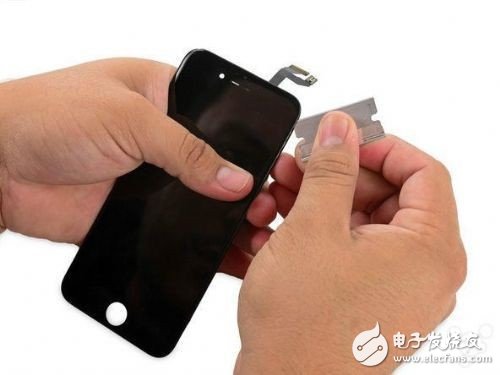
Usually the person who refurbished the iPhone will cut off the thinner part of the frame, while the top and bottom are glued to the glass. However, iFixit chose to remove the entire plastic frame.
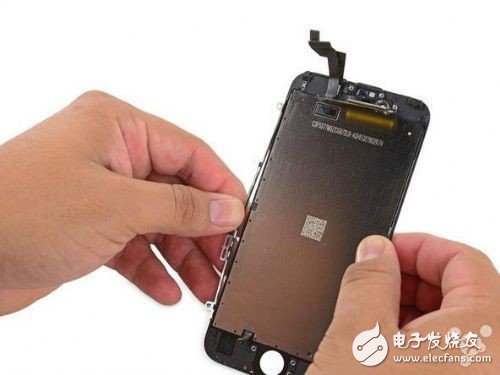
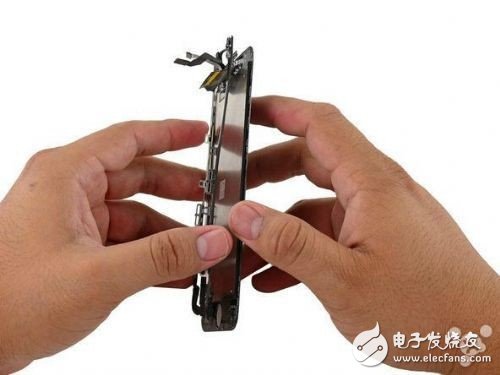
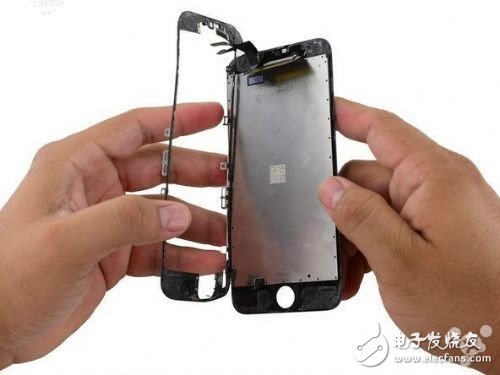
In the previous iPhone, Apple just used these clips to fix the screen assembly to the device body. However, in the disassembly of the iPhone6s, iFixit found that Apple also used adhesive pads to fix the screen. These pads are also one of the reasons why the waterproof performance of the iPhone 6s has improved compared to previous generations.
Separating the backlight and metal substrate layer to cover a mysterious part
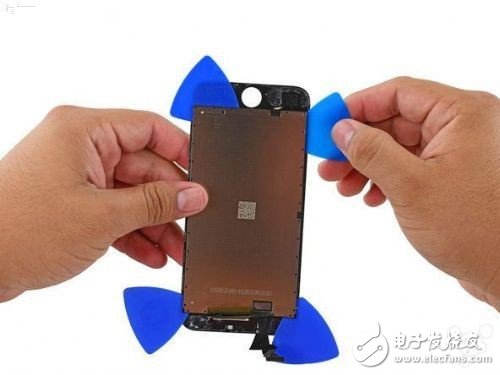
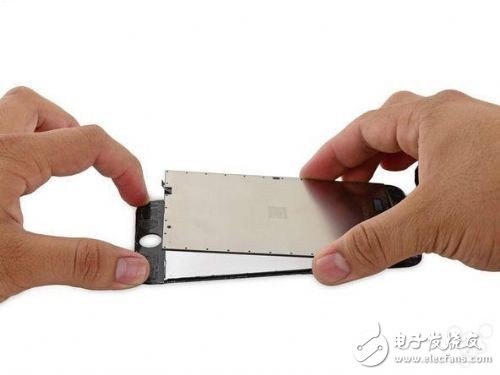

After these simple solutions are made, the backlight and the metal substrate layer are separated.
This layer of polyester film has attracted special attention from iFixit, because on the old iPhone, this film is part of the backlight layer, but on the iPhone6s it is covered with a new mysterious part.
The screen is actually very thin and thin enough that you can see through it. Everything is hidden underneath this layer of polyester film, and it also allows users to find them in their daily use.
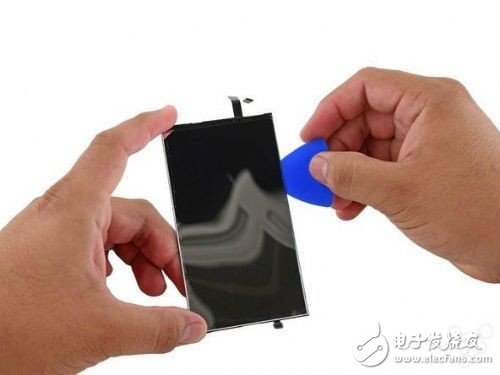
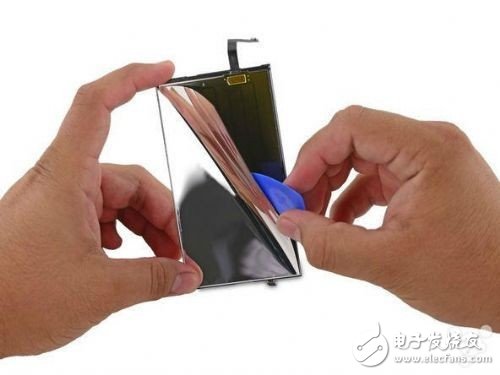
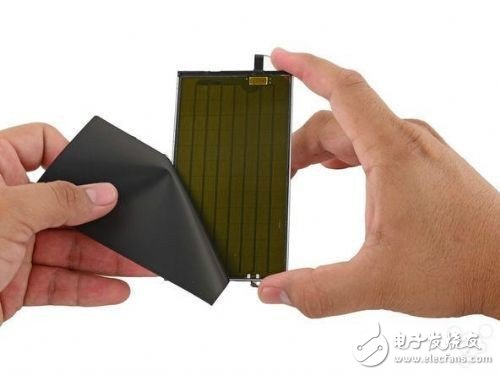
Under the reflective film, iFixit found another layer of new sensor layers that might be capacitive sensors that support 3DTouch.
iFixit said that they were surprised by the discovery of this layer of sensors, because Apple said that the function of 3DTouch was done using sensors integrated in the backlight layer, but from the current disassembly it seems to be a completely separate component. .
In the repair of the screen, iFixit specifically pointed out in this step that the position of the Home button cable has been replaced, it is now arranged along the 3DTouch sensor panel. iFixit said that it is not known whether the change in this location is good or bad.
Capacitive sensor layer: all over the pressure sensing channel

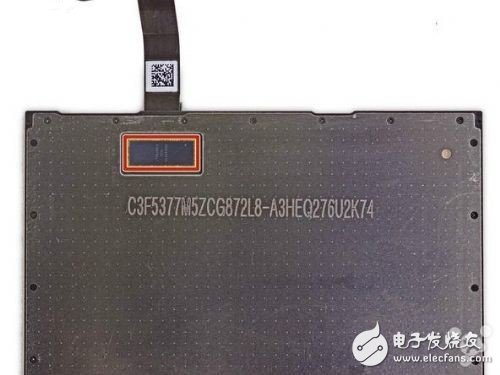
Go back to what we said before about the capacitive sensor layer. Each golden rectangle on this panel represents a plate of a parallel plate capacitor.
Each cell has a small channel (the darker part is actually the confluence of many channels), which are toward the control chip. The control chip ensures that the capacitor is energized and detects the current in these capacitors.
Soft contact glass layer jointly developed by Corning and Apple
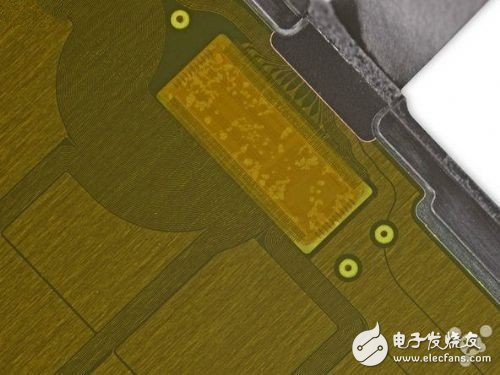
Apple and Corning worked closely together to develop a relatively soft cover glass for the new iPhone.
After the user presses on the glass, the glass will slightly bend at the point of contact between the finger and the glass, shortening the distance between the user's finger and the corresponding capacitor panel under the screen. The user will register the user's action as "push" instead of "touch".
In a parallel plate capacitor, the capacitance is inversely proportional to the distance. The shorter the capacitance, the larger the capacitance, so the integrated circuit can detect the current flowing into the sensor board.
Although these panels are similar to those in the touch screen, they do not accurately sense the operation of the fingertips, but fortunately they do not need to sense such precise operations.
Digitizers still require precise tracking operations, but these panels only need to detect the curvature of the glass without detecting where it occurs.
Disassemble the LCD panel layer using a specific machine and a knife
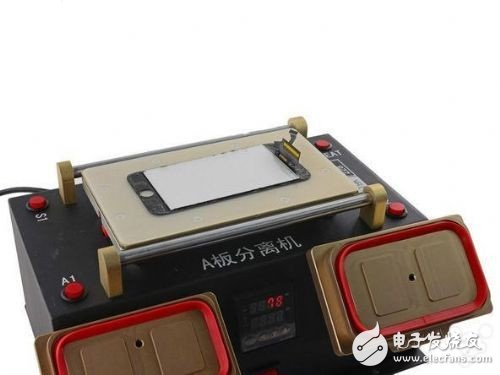
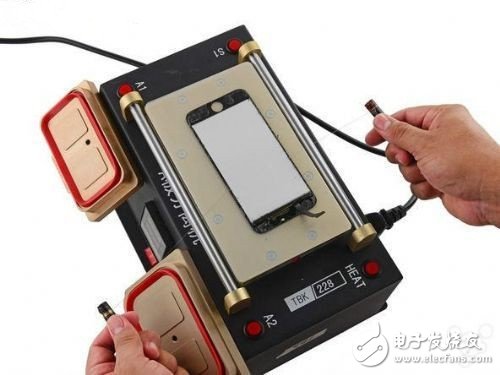

After the second half of the screen solves the problem, let's take a look at the first half. The first thing is to separate the screen from the glass.
This specialized machine uses vacuum to secure the iPhone's glass to a hot surface. This process can weaken the optical glue that holds the glass to the screen.
After the optical adhesive loses its viscosity, the LCD and the glass panel can be completely separated by a 0.08 mm molybdenum wire.
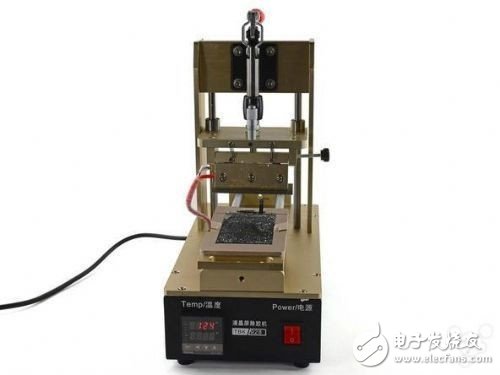

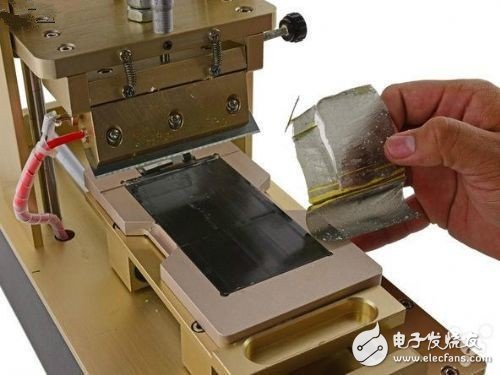
The glass is gone, and the LCD panel is a bit unbearable. Separating the glass and the LCD panel also caused the polarizing plate to collapse. The adhesive on the LCD panel can be removed using a rolling knife.
The internal sensing voltage of the LCD generates countless different colors.
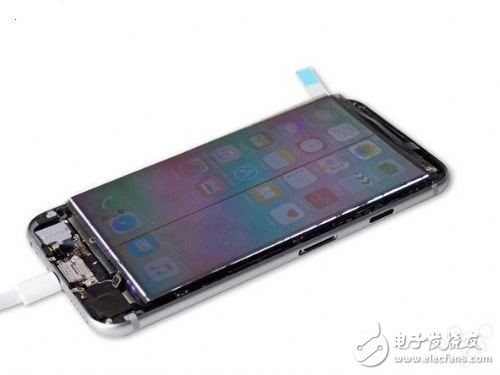
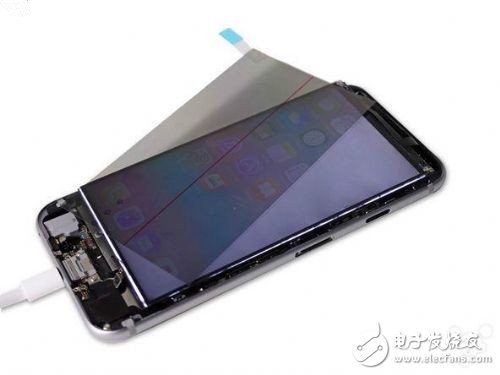
What is the role of the polarizer? Here is the time of science, while understanding the internal structure of the LCD, understand why it requires a polarizer.
First, the light from the backlight is emitted through a thin layer of liquid crystal. When the light is transmitted, it will be refracted at different angles due to the direction of the crystal.
The angle of refraction is different, and the color seen by the human eye is different. In order to change the color screen hardware, it is necessary to apply a voltage to the liquid crystal to change its direction.
To generate rich color effects, each pixel is divided into three sub-pixels: red, green, and blue.
Different voltages adjust the density of each sub-pixel, and when they are combined, they can generate countless different colors.
Principle analysis: How to form various pictures on the screen of the mobile phone?
Maybe you are not interested in these pixels, voltages, just want to know where the polarizer works. In fact, polarizers are the conditions under which these things can happen. It's like a filter that only allows the correct combination of colors to pass through, creating a variety of beautiful images on the user's phone screen.

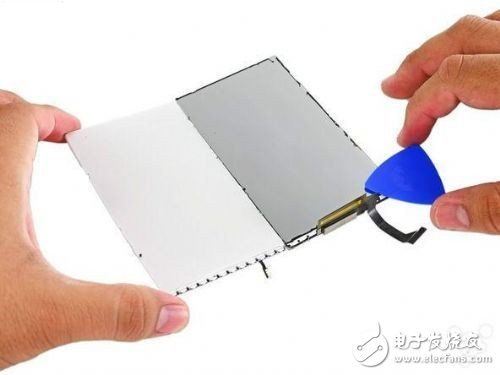
Finally, let's look at the common backlighting methods on side-lit LED-backlit smartphones.
The edge-lit LED backlight is arranged on the peripheral edge of the liquid crystal screen, and then matched with the light guide plate, so that when the LED backlight module emits light, the light emitted from the edge of the screen is transmitted through the light guide plate to the area in the center of the screen. In this way, there is enough backlight in the whole to allow the LCD screen to display images.
As we have already mentioned, the reflective polyester film layer was also one of the backlight layers. In the iPhone6s, this film used to have two uses. The new use is to cover the hidden 3DTouch.
The iPhone6S screen is equipped with 8 thin layers for different purposes.
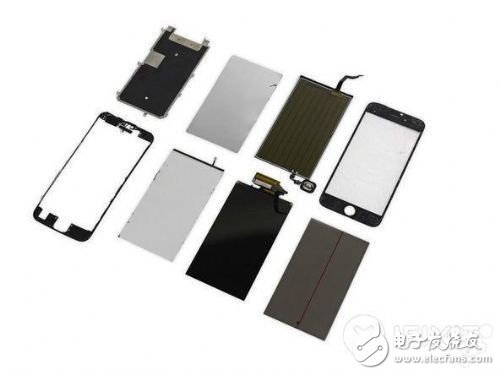
The picture above shows the thin layers of 8 different uses in the iPhone6s screen. What does not appear in the above figure is the optical adhesive layer that has been separated from the LCD panel.
The Poster LED Display is a revolutionary retail product that will display HD pictures or video to potential retail customers. With a total thickness of 35mm(1.4in)and a weight of only 38kg(88lbs), these units can easily be moved and set up anywhere.
The slim aluminum finish of the Poster series really changes how traditional retail environments display their products. The days of static posters or dressed up mannequins are in the past. The Poster Led Display can now display multiple pictures containing a host of products or advertisements. Slim and elegant design, with thickness 35mm,weight only 38kg, easy to set up and install anywhere you like.
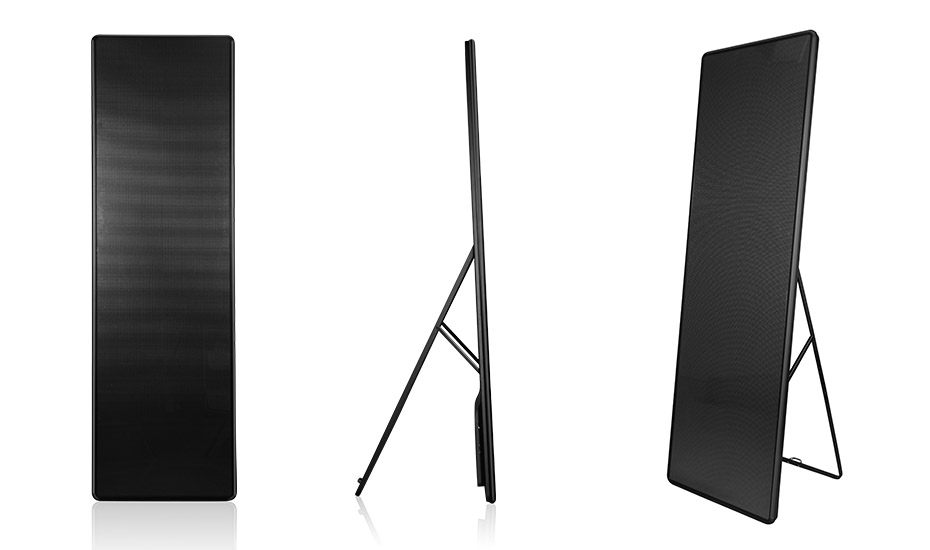
Poster LED Display
Column Led Display,Stage Led Screen,Led Column Advertising Display,Led Video Column Display
Shenzhen Joy LED Display Co., Ltd. , https://www.joe-led.com